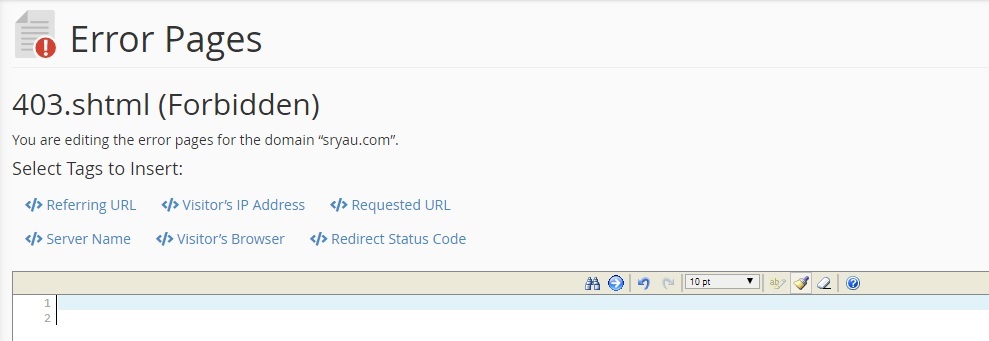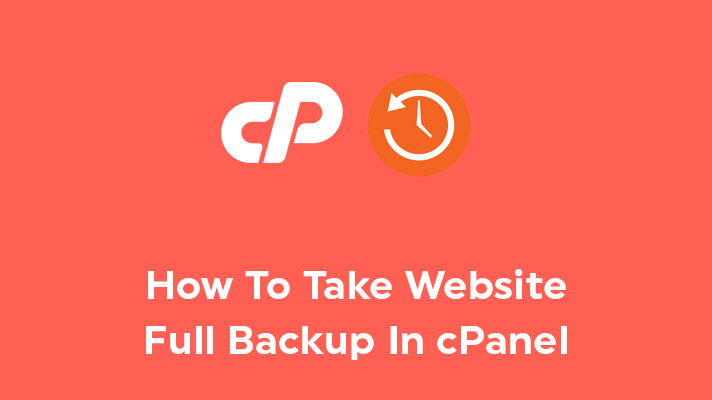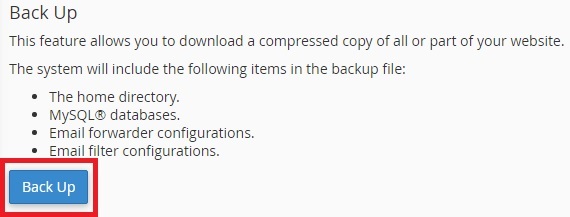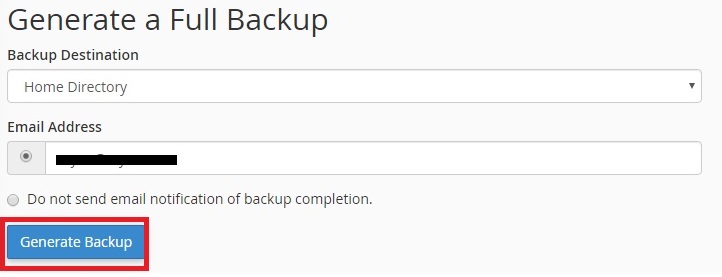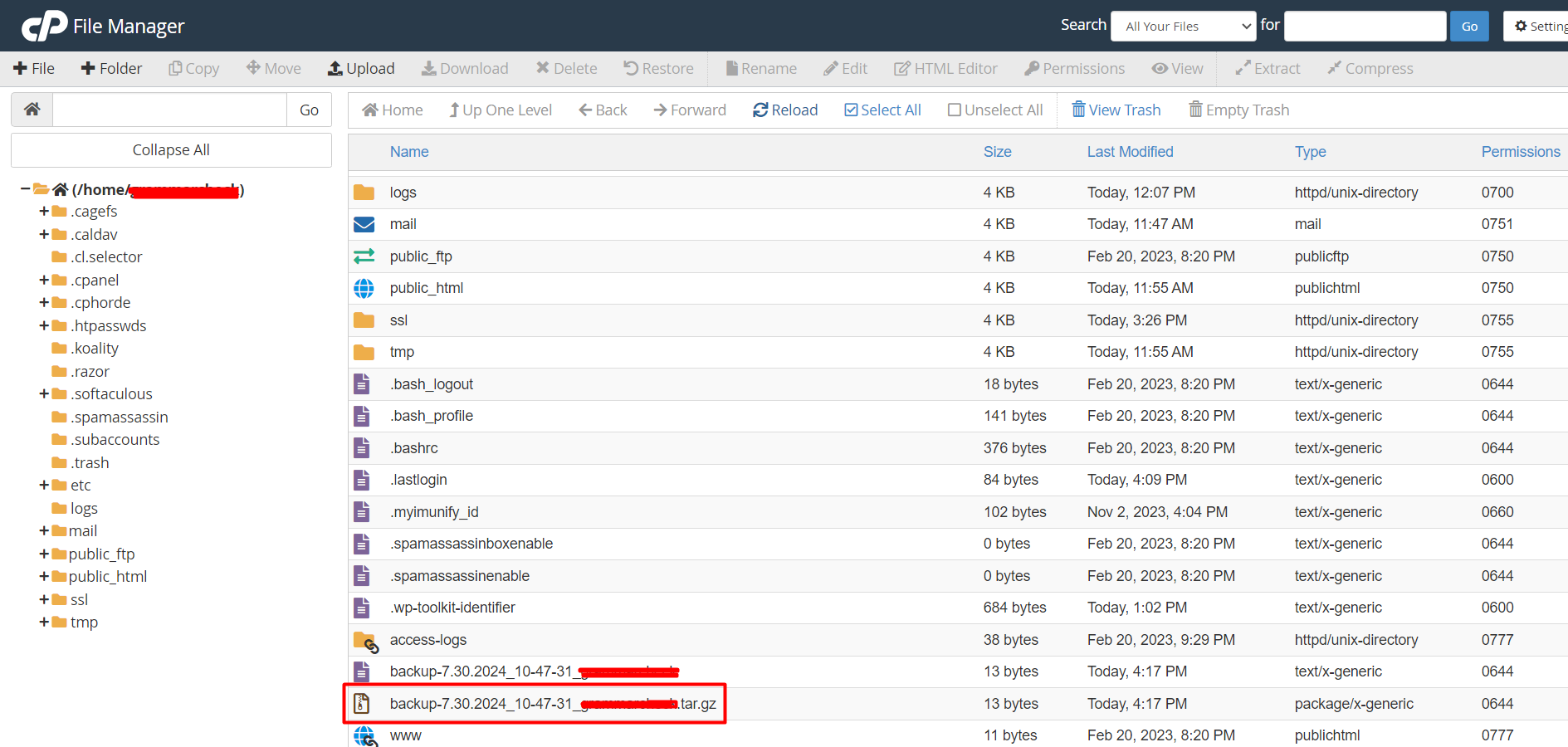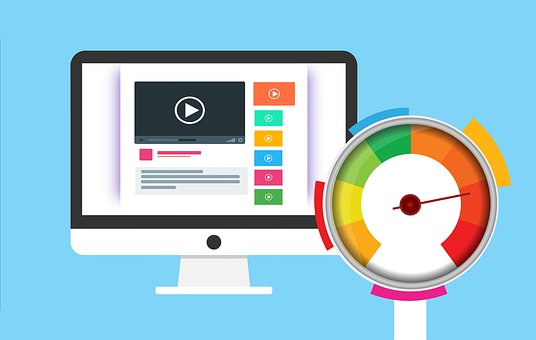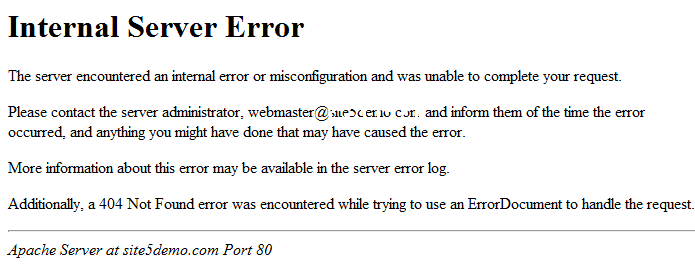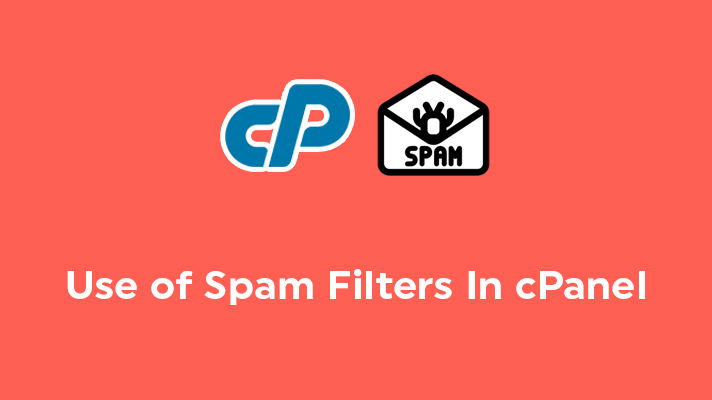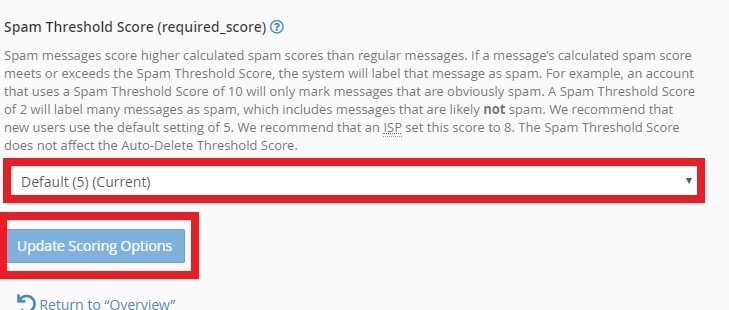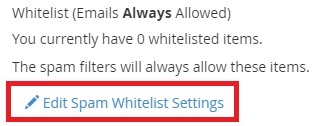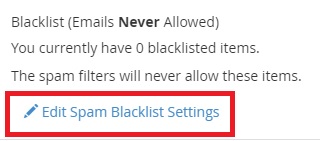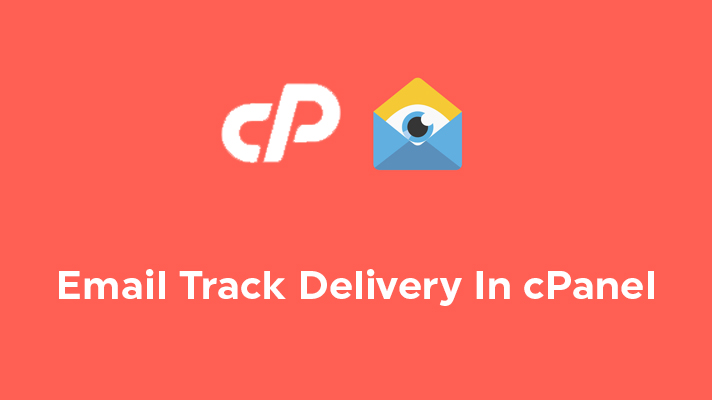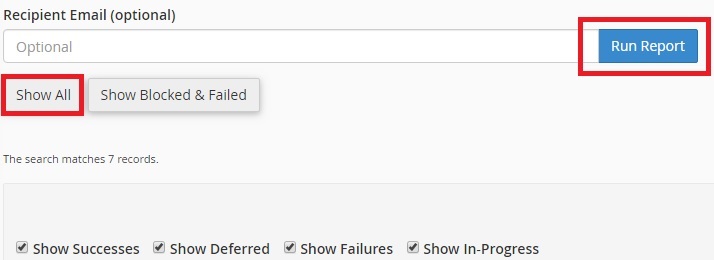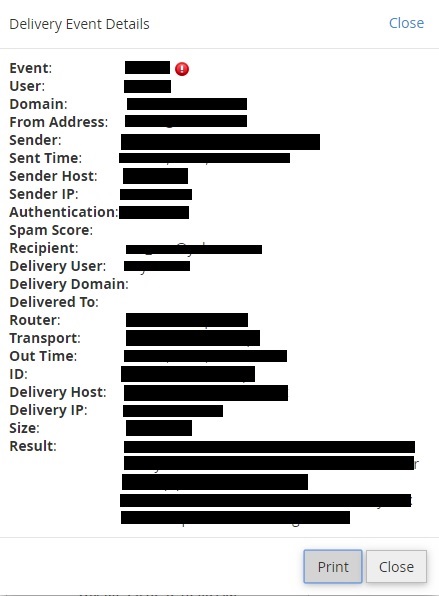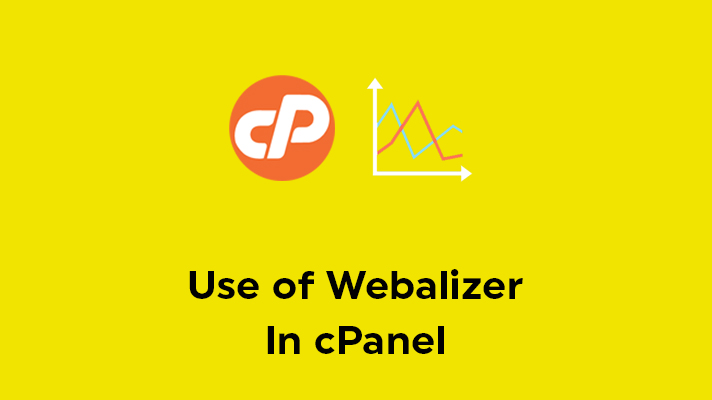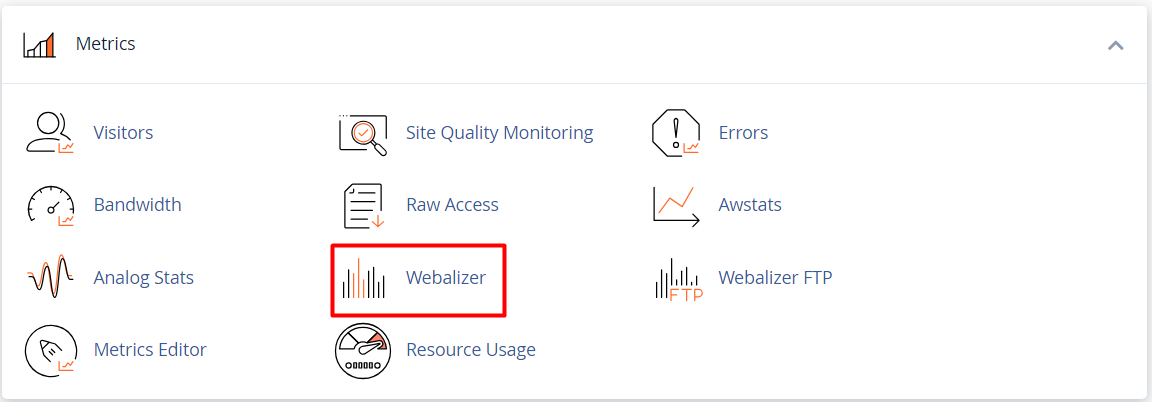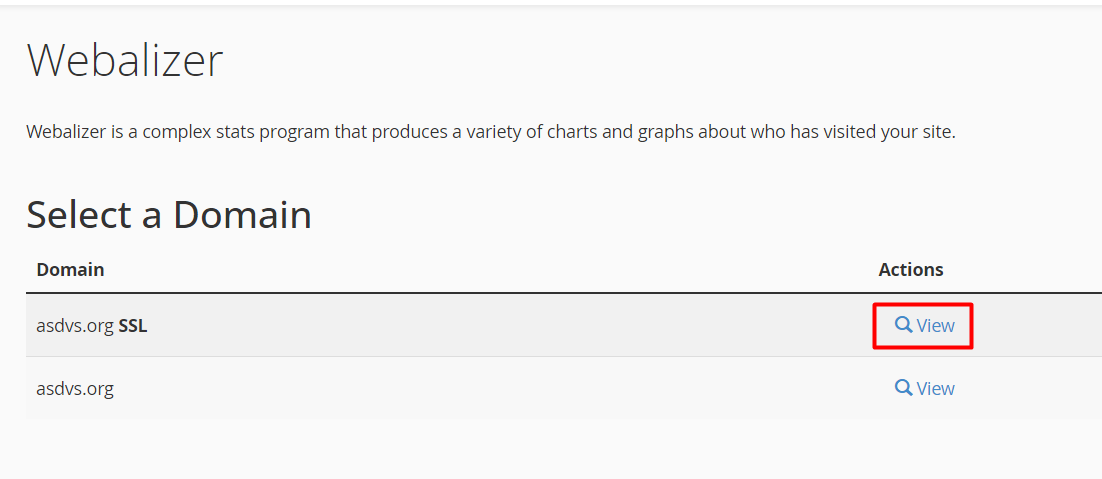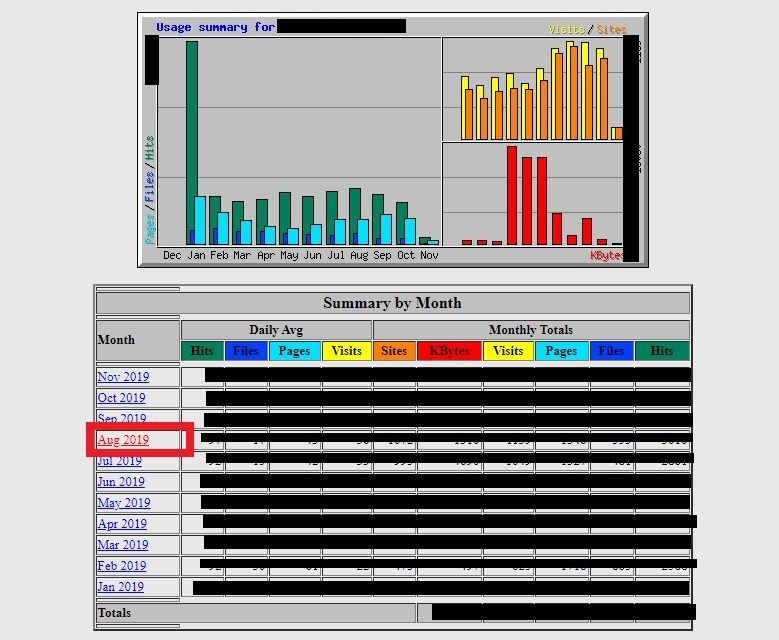What is Patchman in cPanel
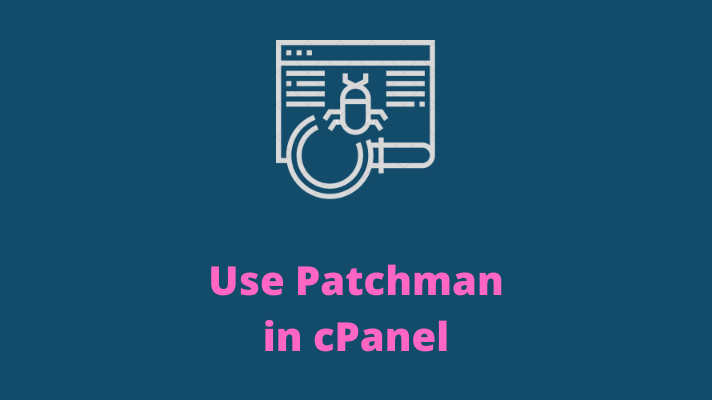

There are various ways in securing and safeguarding the website from malware and virus attacks. Like, you can use security plugins for protecting your websites. The foremost thing to keep your website secure is loading your site with ‘https’. This is the mandatory step should be followed by every users. Also, in cPanel there are various tools available for security purposes. They are: Virus Scanner, Director Privacy, Email Filters, Apache Spam assassin etc., In this article, we have guided you how to use Patchman to keep your website safe and secure from malware and vulnerabilities.
Below given are the steps to be followed for accessing and managing patchman.
STEP 1: Login
Login to your cPanel account.
STEP 2: Patchman
In the Advanced section, click on ‘Patchman’.
STEP 3: Dashboard Settings
Before managing patchman, you need to know about the few settings present on the dashboard. They are
- Applications
- Perform Scan
- Detected Items Actions
To see list of detected spams, click on ‘Applications’ under this menu, you can be able to see the list of detected applications (i.e.) the list of malware attacks which are detected by this tool.
To check your website if it affected by the spam, malware or vulnerabilities, click on ‘Perform Scan’.
After performing the scan, you can see the list of detected items with additional information such as status, description of the malware, date, and the path which it has attacked. Also, there are Bulk options available when you click on ‘Bulk Actions’ option.
[Tweet “Patchman in cPanel”]
If you are a registered user in SeekaHost and have any queries to be clarified or issues to be sorted, you can raise a ticket through client area dashboard or email to [email protected]. For immediate interaction or guidelines, contact our support team available in LiveChat at the right bottom corner of the website.

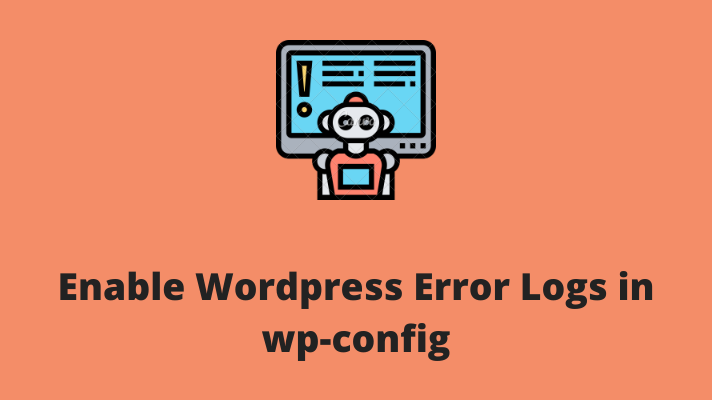



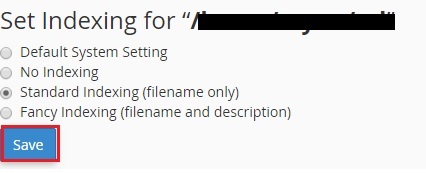

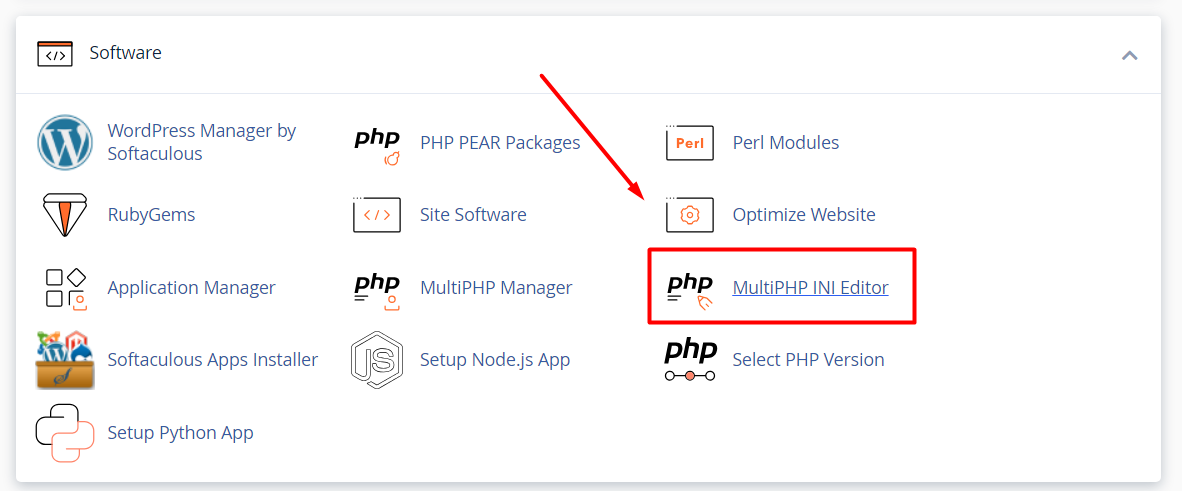
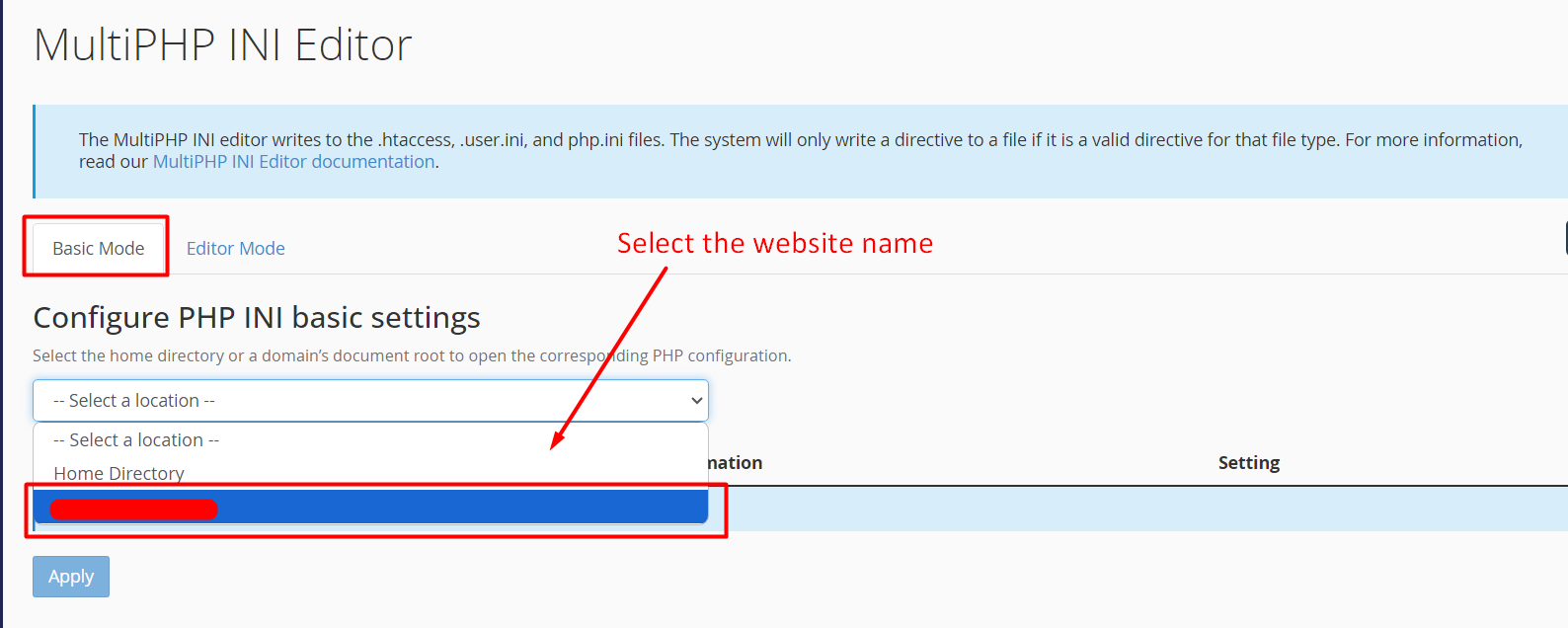
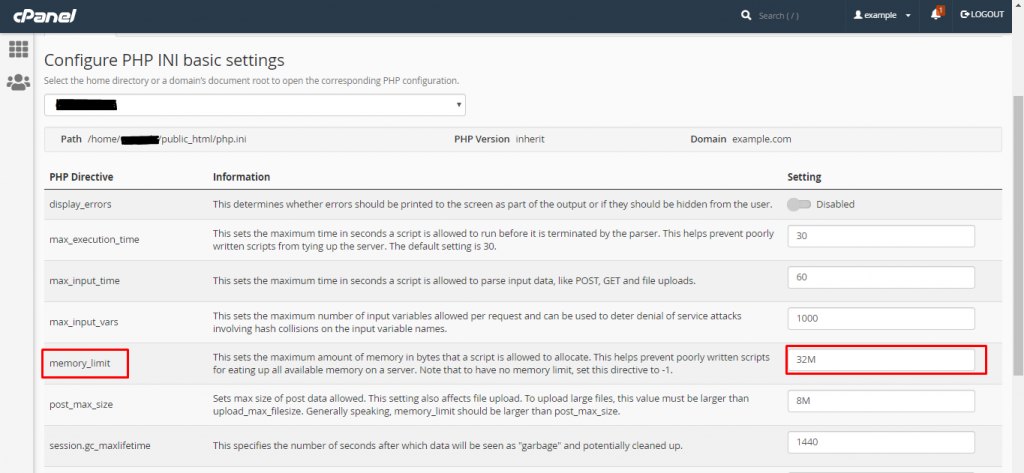
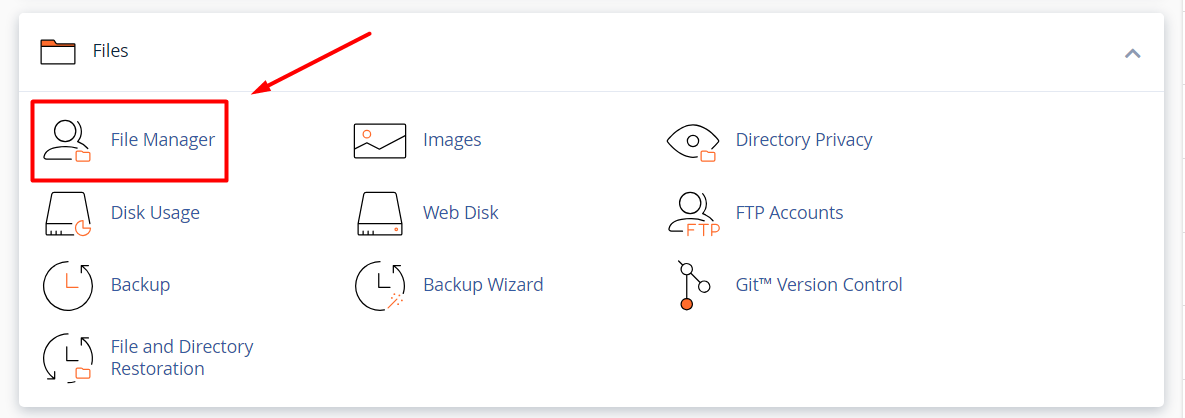
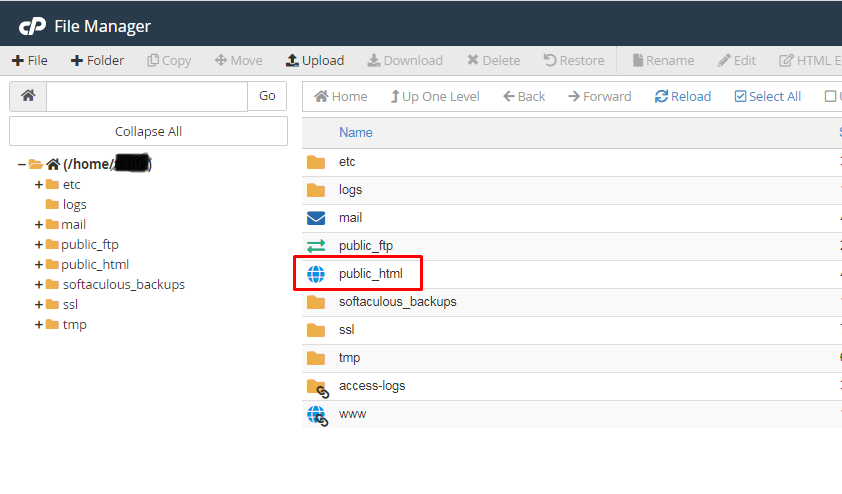
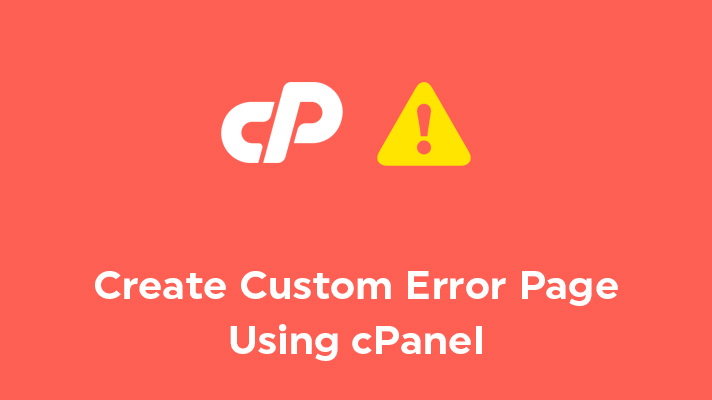


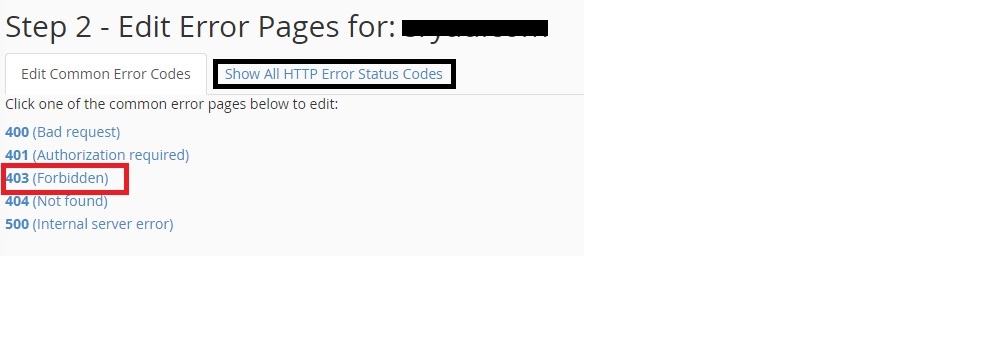 STEP 5: Editing Error Pages
STEP 5: Editing Error Pages